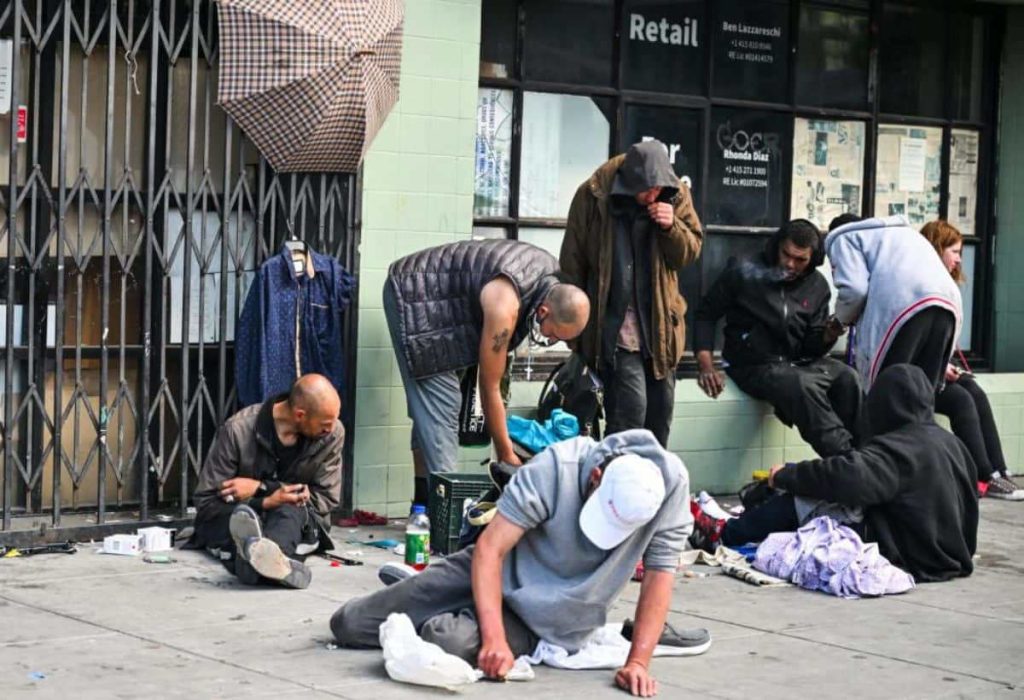In a shocking revelation, the City and County of San Francisco’s approach to tackling homelessness has been marred by mismanagement and fraud, further exacerbating the crisis on its streets. Despite a budget of $672 million allocated to the Department of Homelessness and Supportive Housing in fiscal year 2023, the city has little to show for its efforts, with more than 60% of the funds designated for housing, 20% for shelter, and the rest for prevention, outreach, and staffing.
Recent investigations have uncovered rampant fraud among the non-profits and organizations receiving funds from the city to address homelessness. These revelations highlight a gross misuse of public funds and a betrayal of the trust placed in these organizations to effectively combat homelessness.
Compounding this issue is the city’s misguided focus on housing and shelter as the primary solutions to homelessness. The reality is that homelessness in San Francisco is not solely a product of poverty but more so a crime problem rooted in drug use. Despite this, the city has continued to pour exorbitant amounts of money into housing and shelter programs that have failed to address the underlying causes of homelessness.
Meanwhile, the Sheriff’s Department, responsible for maintaining public safety and order, is facing a severe staffing shortage of -178 deputy sheriffs. The City’s response to this critical issue has been woefully inadequate, offering Deputy Sheriffs a meager 1% longevity incentive, equating to a paltry $53 per paycheck for those who continue to work past 20 years.
In contrast, other law enforcement agencies, such as the police department and dispatchers, have received significant longevity incentives, with dispatchers receiving a 5% incentive totaling over $1.5 million and the police department receiving an additional 13% totaling $65.85 million. This disparity in treatment underscores the City’s disregard for the contributions and sacrifices of the Sheriff’s Department.
As San Francisco grapples with these challenges, it is clear that a new approach is needed to address the homelessness crisis and support law enforcement agencies. The City must prioritize transparency, accountability, inclusiveness, equity, and efficiency in its spending to ensure that public funds are used effectively and responsibly. Anything less would be a disservice to the residents of San Francisco and a betrayal of the public trust.







